Misunderstanding Familiar Objects in an Imagined Future
A Critical Method for Discovery
1_Photo Essay of the Discovery


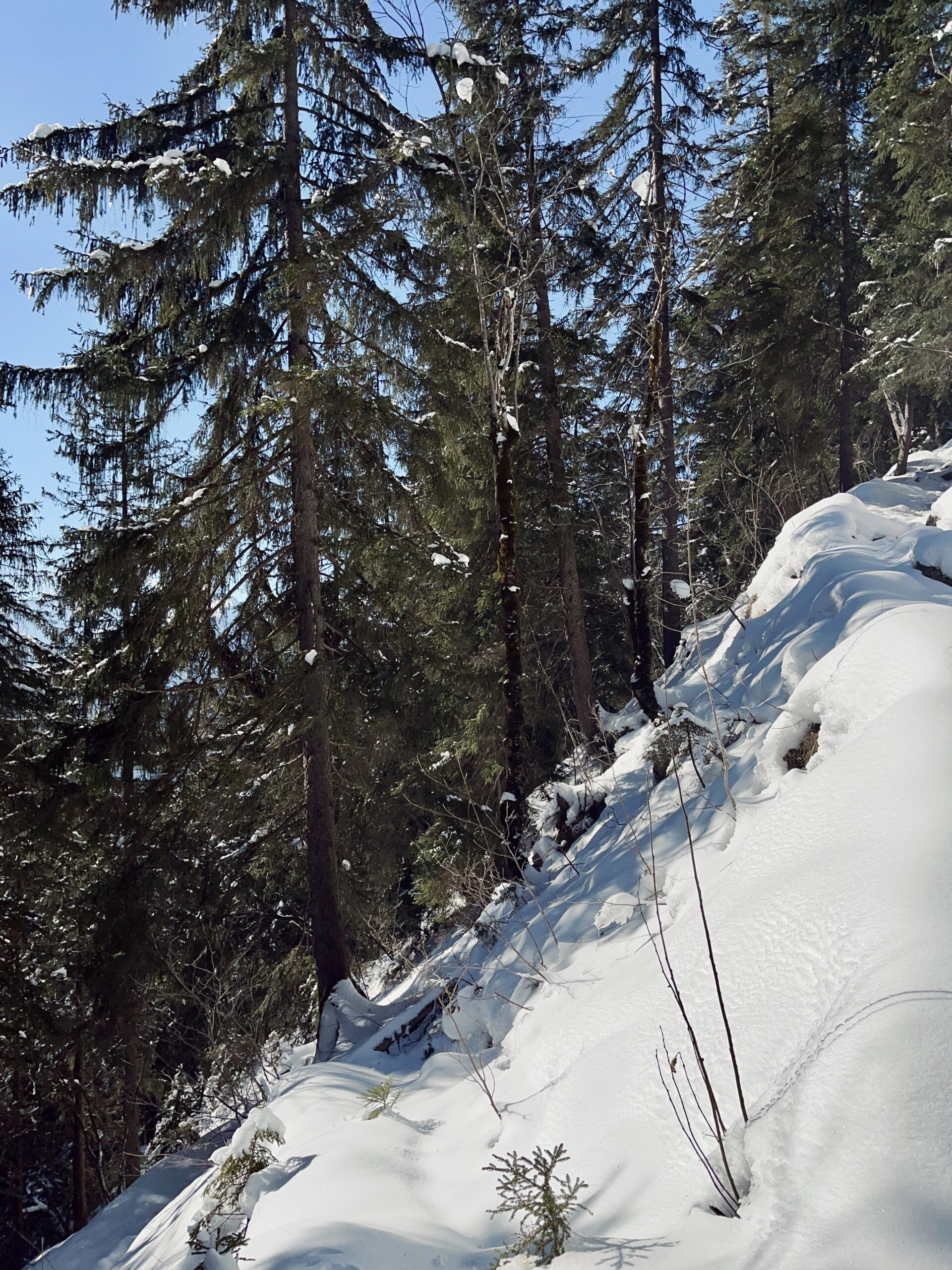
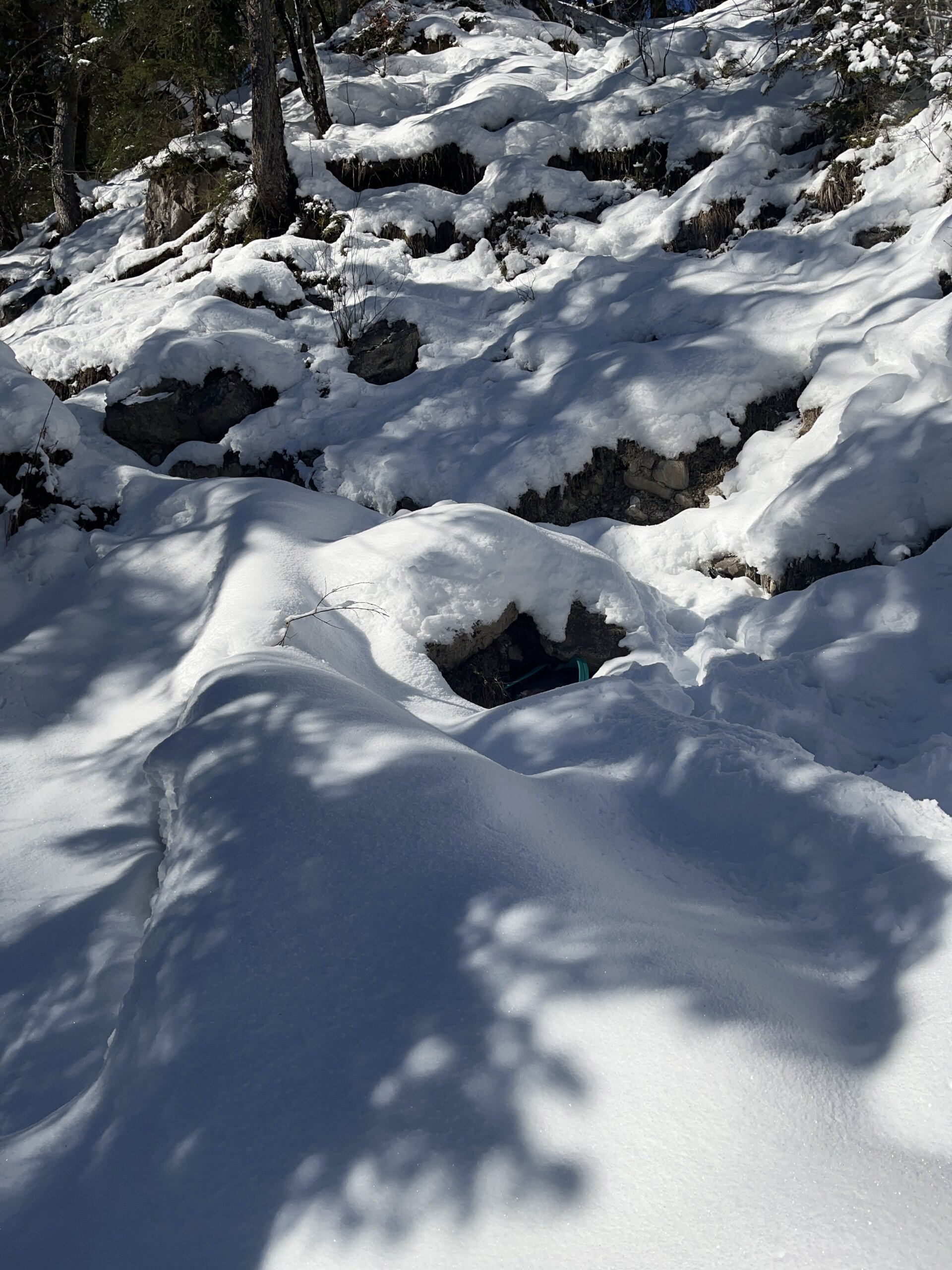
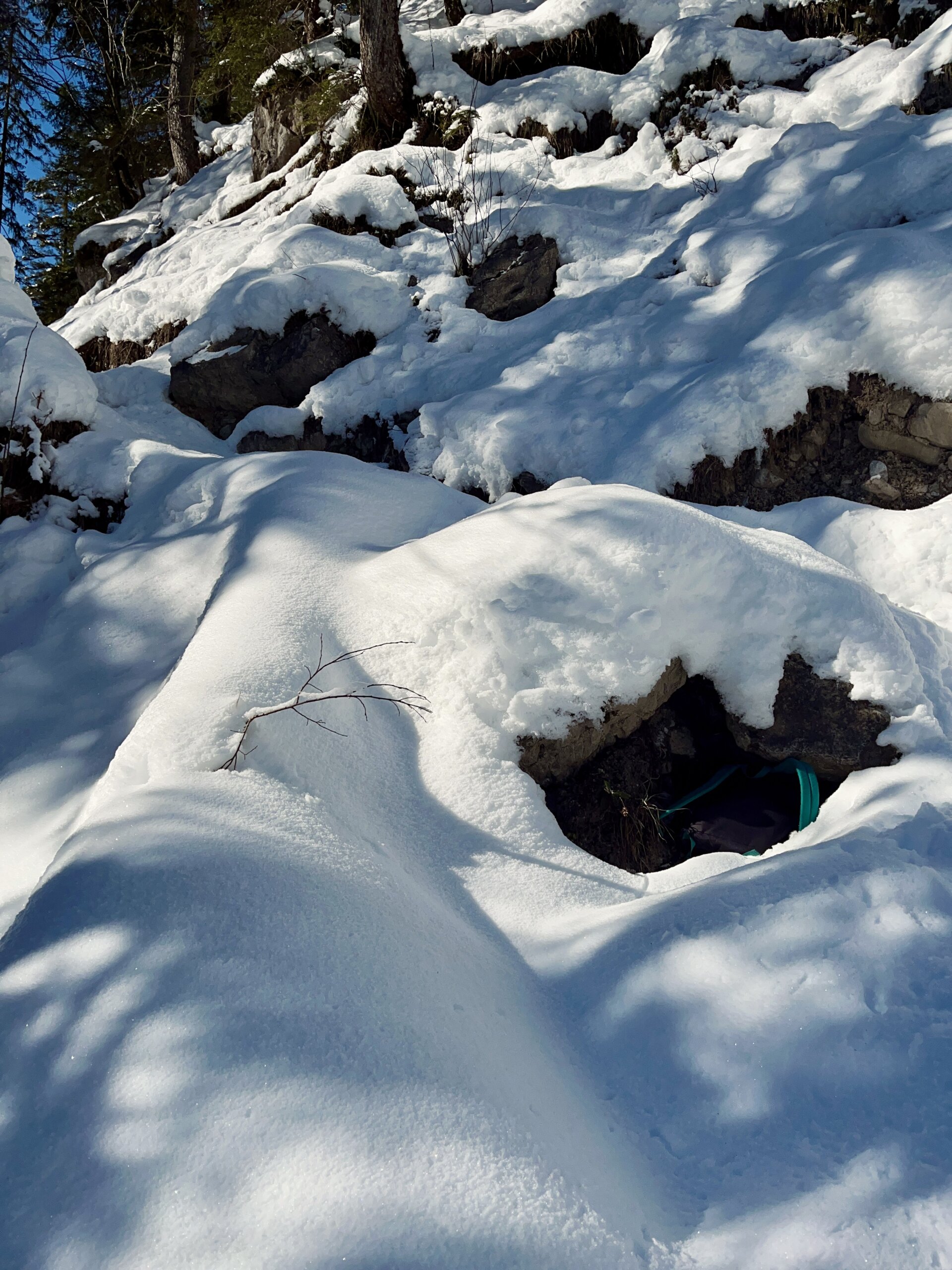


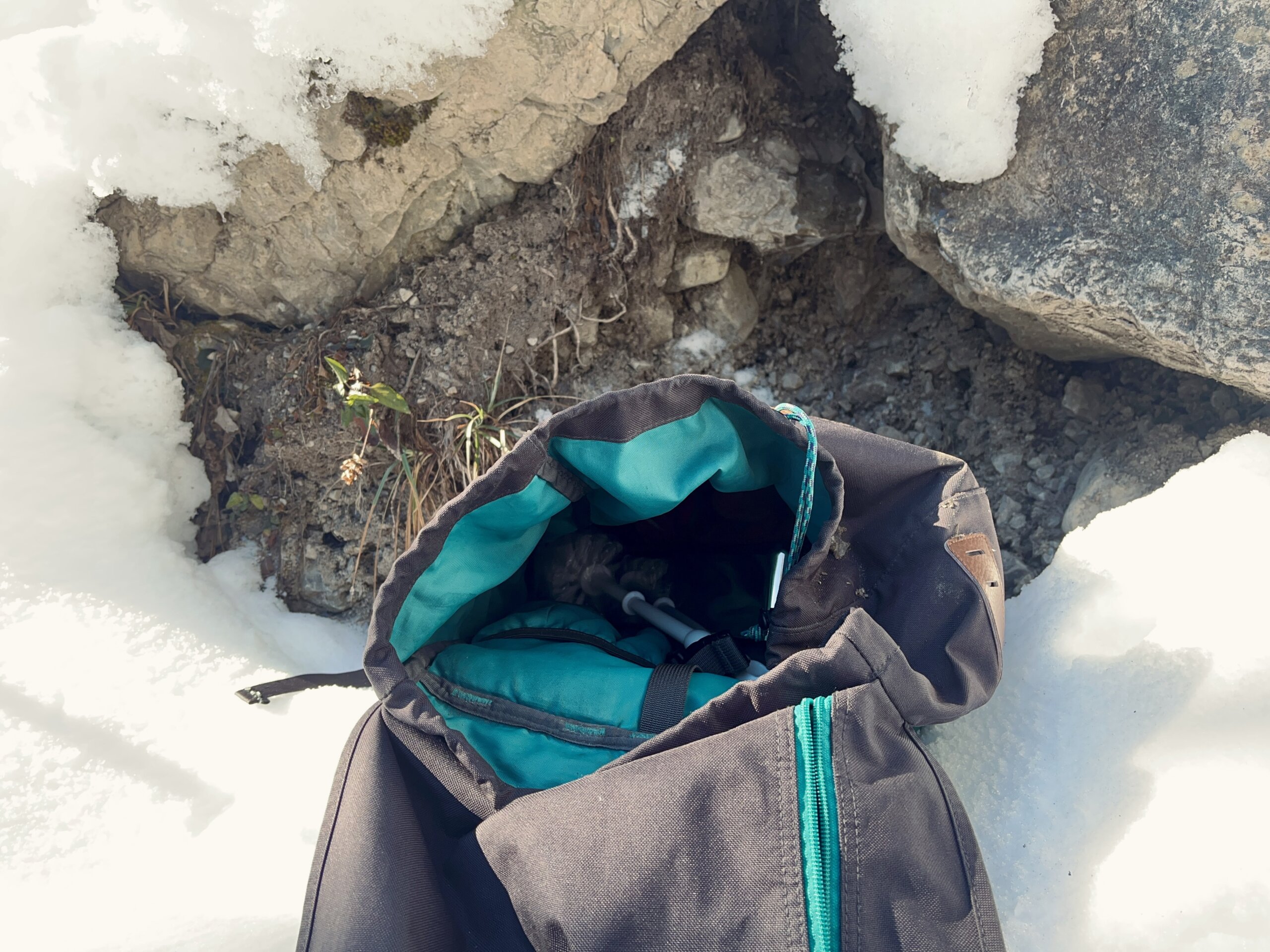
2_Research Journal
















3_Misunderstanding Familiar Objects in an Imagined Future: A Critical Method for Discovery
Familiarity and habit lead but also limit human understanding of how objects impact people and places. A bottle opener is just a bottle opener. An artificial plant is just an artificial plant if it remains in expected spaces and functions as intended. This tenet forms the foundation of Thing Theory and opens the door for intentional breakage as a method for engaging readers in a deeper understanding of the objects that surround them every day. [1] Moreover, if the production and uses of objects “illuminate their human and social context,” as Arjun Appadurai and contemporary material culture studies theorize, intentional breakage also reveals something about readers themselves. [2] This proposal—that defamiliarization creates new perceptions of objects and humans—underpins this multi-media project that employs deliberate misunderstanding to encourage readers to discover the interaction of design, environment, and society.
Through the playful use of time and format, this project crafts a novel perspective on ordinary objects and the society that produced them. It centers around a fictional researcher in the 23rd century who discovers a trove of objects used in the early 21st century in present-day Allgäu, Germany. These objects include a plastic plant, a toilet brush, a clothespin, a clothes hanger, a stuffed animal, a bottle opener, and a bag. The researcher exists in an imagined future where humans respect their limitations and live within a delicate ecosystem without attempting to shape organic entities to their will. This society resulted from rebuilding efforts after a series of catastrophes, most notably a solar flare on August 16, 2055, that ended the memory and utility of digital technology.
This history slowly unravels through a fictional research journal and a photo essay. The journal contains notes, sketches, and commentary from the researcher who has discovered and now attempts to understand the 21st-century objects. The researcher knows little of the names and systems embodied by these objects; instead, they use, misuse, misinterpret them, and complete material experiments on them in an effort to discover function and original contexts. While enjoying the projections in the journal, readers can also immediately identify the objects under consideration. This juxtaposition of unknowing and knowing positions readers as the living ancestors to this imagined author, offering readers a future perspective on their present actions.
The photo essay documents the researcher’s actions from an exterior perspective to provide readers with the visual context described in the research journal. The style of the essay nods to cinematic traditions of chronological narrative, and the framing of the photographs exclude much of the important information, as if they had been clipped from a film. That chronological narrative brings a bodily experience to the project, allowing readers to get close to the cold and snow of the mountains, as well as the excitement of noticing something out of time and place. The glimpses of the researcher included in the essay avoid gender markers to ease the readers’ process of projecting themselves into this fictional context. The photos and the journal are used together to help readers see themselves as ancestors within an extended timescale, while describing the value of living in a gentle human ecosystem and the negative consequences of creating an artificial world.
In the project, decontextualization operates as a central method for intentional breakage. The researcher’s use of language, conceptual categories, and object analysis facilitates this decontextualization. Rather than carrying professional titles from the past such as historian, archaeologist, or anthropologist, the researcher works as an “objectologist,” a title that helpfully summarizes their work. They reference colleagues with the same title or variations on the label, giving the view that this is an entirely normal vocation. The makers and original users of the object discovered appear in the text as “ancestors,” a term that might feel uncomfortable to contemporary readers for its forward-looking emphasis. Digital technology also receives a new summary: “robots and artificial-energy infrastructure.” The researcher uses this generalization to discuss the “digital era” which occurred before the great solar flare and which reduces the contemporary moment to the simplicity it might have if access to digital storage disappeared. [3]
Aside from eras, most time is worked out in terms of days, and the researcher includes a side note on their confusion about former counting systems:
Recent discoveries suggest the digital era ended on “August 16, 2055,” according to the system our ancestors used to organize space and time. That makes today about “December 18, 2200” in their system… what an odd way of measuring the movement of planets.
To someone without access to the history of timekeeping, these descriptors and units could sound chaotic and inconsistent. The use of days and eras within the new human ecosystem highlights the differences between the reader’s existence and the researcher’s existence.
Similarly, the researcher uses their own body to measure objects occasionally. For example, they describe the plastic plant thus: “The object fits in the palm of a hand, although the sides have sharp points that make it unpleasant to hold.” This description of size ties tightly with the experience of having a body, rather than to an external measurement system. The location of the bag’s hiding place also skips references such as meters or feet, instead noting, for example a rock that defines the midpoint between the flat land around the mountain and its peak. Using internal systems for measurements emphasizes the physicality of humans and suggests a world where practicality trumps global circulation or communication.
The photo essay continues this effort to help readers perceive their place in a local ecology. In the photographs of the mountain known in the essay as First Mellissaa, the mountain looms large and steep. It appears first at a distance, impenetrable and covered in snow. Two images of the side of the mountain reveal its slope and lack of human interaction. We see no footprints, structures, signs, or other indications that humans have broken this land into submission. The text reinforces the position of humans as visitors or subjects when the narrator mentions a most important contingency to their access: “respecting the current dominant species, of course.” Humans take a second, possibly third, fifth, or sixth position in the wilderness.
The journal also handles human social hierarchies in a simplified view to quietly critique current systems of power based on the construction and interpretation of race and gender. In the introduction, the narrator writes:
The histories also mention that humans attempted to secure power during the transition by creating hierarchies amongst the human species based on visual differences and minor variations in organs. But it is possible that was an absurd carryover from the digital era—humans are weird.
This passage informs the reader that this imagined future does not participate in today’s hierarchies. Placing these hierarchies within the researcher’s distant context reduces them to a degree in which their absurdity appears uncontroversial.
The researcher’s discussion of the objects themselves forms the bulk of the decontextualization in the project. The researcher has no prior knowledge of the objects’ functions and meanings. Moreover, they have only the material objects with which to investigate these topics. The “reflective tool” exemplifies this state, analysis, and attempt at understanding. They express confusion over what the small tool could be used for and why it features traces of ethanol, concluding that more research is necessary. A reader, of course, may quickly identify this object as a bottle opener, not unlike the one in their own kitchens—they likely use the bottle opener, without question, to open bottles containing alcohol. But readers perhaps also have yet to understand that alcohol used in human consumption is identical to the ethanol they know from their vehicles. Language plays an important role here. Ethanol typically comes up when talking about alcohol in motor gasoline, not the alcohol humans consume, and that difference aims to distance the two substances. (Similar patterns also exist in animals: pork and pigs, beef and cows, etc.) But the alcohol is, indeed, the same in both cases. Highlighting this is intended to help readers reconsider their consumption of ethanol and piques their interest in the carcinogenic effects of the substance.
A critical component of the decontextualization that happens through the journal is the researcher’s persistent impulse to “encode things with significance,” in the words of Appadurai. [4] The research does not stop at the description or physical functions of these objects but records the objects’ possible meanings or symbolic value to their creators. According to the researcher’s projection, for example, the toilet brush becomes a way of mourning the loss of local fungi, and the stuffed animal connects with the rampant decline in biodiversity. They turn contemporary objects into pioneering inventions, relics of the past, and puzzling applications of resources in their effort to decode significance and, through this process, they encode that significance themself.
Several object entries in the journal emphasize the harm that originates from creating an artificial version of nature. In his book Materiality, the anthropologist Daniel Miller summarizes the human inclination to “transform the world in order to make it accord with beliefs as to how the world should be.” [5] The manifestation of this inclination in the recreation of the organic world without human responsibilities appears starkly in the entry on the artificial plant. The researcher attempts to understand why their ancestors would recreate something precious and organic in a material that enacts violence on the original plants themselves. They write:
The object appears to have been made in that material our ancestors seemed to love so much—plastic—and mimic the visual characteristics of a small succulent. This material and resemblance raise a series of interesting questions about succulents and their cultural meaning. […] But who would choose to craft such a hopeful symbol out of plastic? Plastic contains harmful chemicals that can leach out into the plants, animals, and liquids that come into contact with it, making beings of all kinds sick. We spent tens of thousands of days containing large and small pieces of this dangerous substance, picking it out of rivers, lakes, and swamps.
The researcher is clearly at a loss to understand the dominant values of convenience, business, and sterilization that promoted the use of plastic and, more specifically, plastic plants in the 20th and 21st centuries. This message that replicating organic materials damages organic materials also appears in the researcher’s misunderstanding of the toilet brush and the stuffed animal. [6] In each instance, the researcher wonders if their ancestors were unaware of plastic’s violence, or if they were aware and used it based on important but confounding reasons.
Conversely, the journal communicates a vision of this new, gentle and integrated human ecosystem through two entries for objects extant in the 23rd century. The researcher writes about the “clamp” and “bag” with surprise, gleeful that these objects predate the era of transition. They applaud the objects as simple, useful tools made primarily of renewable materials. The researcher summarizes their value at the end of the journal:
The bag and the clamp evince enduring, eloquent approaches to making and materials. Humans created these two artifacts with, for the most part, materials readily available in nature to ease the pain of completing daily tasks. We continue to clamp things together and carry things around habitually.
The objects are reusable, repairable, and merely support the quotidian activities of humans. The researcher does mention that people in their society only have one bag for their entire lives, but this marks the only significant difference between the objects.
At its base, the project is a piece of speculative fiction that demonstrates how objects, people, and places impact one another. While the project attempts to bring readers into a fictional future, it also makes some critical accommodations for readers. For example, it is impossible to know what language or languages the author would use, how the symbols would be formed on a page, or if a page would even exist. A legible system—in this case, English—allows for communication between this future and the reader. From this perspective, the project joins a group of contemporary texts, such as Speculative Everything: Design, Fiction, and Social Dreaming by Anthony Dunne and Fiona Raby; Making Futures by Pelle Ehn, Elisabet Nilsson, and Richard Topgaard; and Ruined by Design by Mike Monteiro. [7] It blends this attention to possible trajectories with a hyperfocus on object design, taking cues from Neil MacGregor’s beloved A History of the World in 100 Objects, and Rob Walker and Joshua Glenn’s Significant Objects project, which evince the widespread contemporary preoccupation with everyday objects. [8]
These works all build on and continue the traditions of material culture studies of the 1980s and 1990s, including those scholars quoted here. Even the evaluation methods used by the researcher resemble that of Jules Prown in his seminal material culture essay, “Mind in Matter.” [9] The researcher touches, experiments with, and works to find answers in the materials of the objects they handle. It is also possible to engage with this project and see Judy Attfield, who looks to objects often overlooked by scholars to learn how animate and inanimate worlds clash and integrate as humans construct an environment to support their social systems and institutions. [10] Taking materials seriously continues to offer new avenues of engagement.
This project intentionally blends the serious topics of the climate crisis and social injustice with a whimsical style and engaging format to warmly invite readers to consider the impact of design and consumption on the future of what happens on Earth. The 23rd-century perspective reveals the depth of interactions between objects, societies, and the environment across time, especially as they pertain to themes of labor, use, extraction, race, gender, and access. The conclusion suggests that each and every object participates in the construction of what comes next. The cleaning items, toys, and household devices that surround the reader of this journal contain in them an endless number of ongoing and possible futures. The imagined future presented here is only one possibility.
This project has reached its goal if it offers a glimpse of hindsight to those who still have time to make changes. Readers of this piece share a specific experience of time, one that is diminishing, as the design historian Tony Fry writes:
No matter the differences of our circumstances as individuals, cultures, or nations, we now share a time that is new. We all share a continual moment of the diminishment of time. The actual finite time of our life on the planet (and the life of much else) is being reduced by our own destructive actions as a species. [11]
Continuing dominant ways of interacting with objects across the globe will, along with government and commercial activity, expedite the collapse of the human ecosystem. We have designed ourselves into social hierarchies and the climate crisis. We can design ourselves out of them.
_How to Cite
Kiersten Thamm. “Misunderstanding Familiar Objects in an Imagined Future: A Critical Method for Discovery.” On_Culture: The Open Journal for the Study of Culture 15 (2023). <https://doi.org/10.22029/oc.2023.1348>.
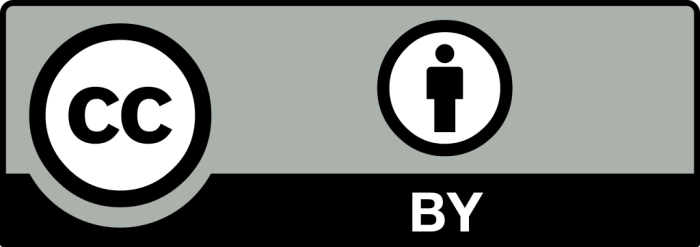
_Endnotes
- [1] Thing Theory refers to a collection of methods that investigate the interactions between humans and non-human entities without assuming the priority of humans as actors. Thing Theory methods all stem from Martin Heidegger’s assertion that an “object” (a passive entity such as an artificial plant) becomes a “thing” (something that exerts influence on humans and their surroundings) when it no longer serves its common function. This article uses the term “object” rather than alternating between “object” and “thing” to prioritize clear communication and focus on the theme of present futures. For a foundational starting text on Thing Theory, see Bill Brown, “Thing Theory,” Critical Inquiry 28, no. 1, Things (2001): 1–22.
- [2] Arjun Appadurai, “Introduction,” in The Social Life of Things: Commodities in Cultural Perspective, ed. Arjun Appadurai (New York: Cambridge University Press, 1986), 3–63, here: 5; See also Adrian Forty, Objects of Desire (New York: Pantheon Books, 1986) as an introduction to the field.
- [3] As a starting point to this topic, see James Bridle, New Dark Age: Technology and the End of the Future (London: Verso, 2018).
- [4] Appadurai, The Social Life of Things, 5.
- [5] Daniel Miller, “Introduction,” in Materiality, ed. Daniel Miller (Durham: Duke University Press, 2005), 1–50, here: 2.
- [6] Intergovernmental Science-Policy Platform on Biodiversity and Ecosystem Services (IPBES), “UN Report: Nature’s Dangerous Decline ‘Unprecedented’; Species Extinction Rates ‘Accelerating’,” May 6, 2019, <https://www.un.org/sustainabledevelopment/blog/2019/05/nature-decline-unprecedented-report/>.
- [7] Anthony Dunne and Fiona Raby, Speculative Everything: Design, Fiction, and Social Dreaming (Cambridge, MA: MIT Press, 2013); Pelle Ehn, Elisabet Nilsson, and Richard Topgaard, Making Futures: Marginal Notes on Innovation, Design, and Democracy (Cambridge, MA: MIT Press, 2014); Mike Monteiro, Ruined by Design: How Designers Destroyed the World, and What We Can Do to Fix It (Mule Books, 2020).
- [8] Niel MacGregor, A History of the World in 100 Objects (London: Allen Lane, 2010); Rob Walker and Joshua Glenn, Significant Objects, <https://significantobjects.com>.
- [9] Jules David Prown, “Mind in Matter: An Introduction to Material Culture Theory and Method,” Winterthur Portfolio 17, no. 1 (1982): 1–19.
- [10] Judy Attfield, Wild Things: The Material Culture of Everyday Life (Oxford: Berg, 2000).
- [11] Tony Fry, Design as Politics (Oxford: Berg, 2010), 49–50.



